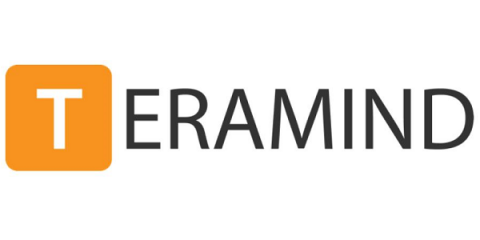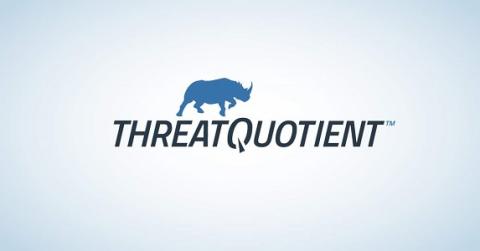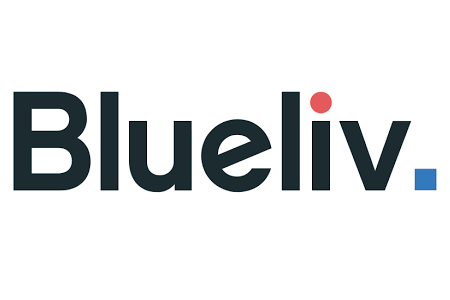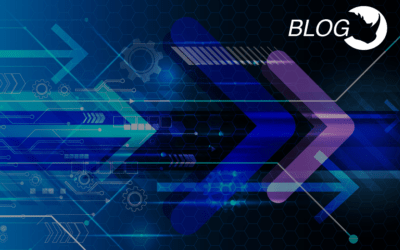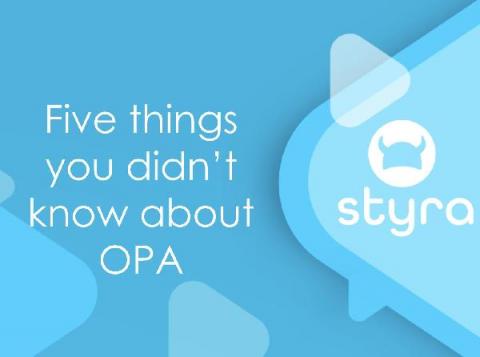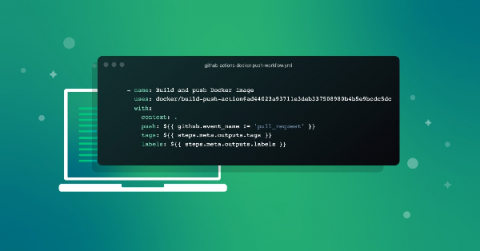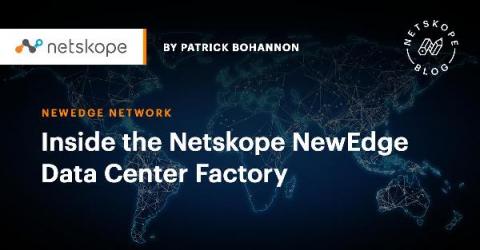It's All Fun and Games Until You Get Breached - Tackling Security Challenges in the Remote Work Reality
From healthcare to education to critical infrastructure, nobody seems to be safe from cyber attacks. Not even video game creators. News broke in early June that video game giant Electronic Arts was one of the latest victims of a major breach. At first glance, this is just another story of hackers breaking into a victim and finding their way to a sizable pay day. Nothing new here. Plenty of attacks happen every week, right? However it was the way that the attackers got in that was interesting.


